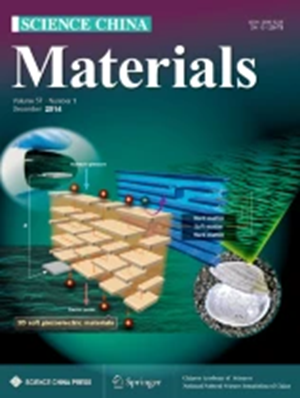An environment-friendly gradient double-layer wearable hydrogel strain sensor for human motion monitoring and deformation recognition actuator
Abstract
Soft sensors and actuators are crucial components of soft robotics that have received considerable attention from the scientific community because of their wide-ranging applications. Integrating these elements into a unified soft material remains challenging. In this study, we used Ca2+ spraying and annealing posttreatment to fabricate a gradient-structured double-layer hydrogel for use as a sensitive sensor and pH-responsive actuator. Precisely controlling the duration of the Ca2+ and annealing treatments produced a double-layer hydrogel with a distinct double-layer structure, tunable mechanical properties and excellent electrical conductivity. Additionally, the hydrogels have high ionic conductivity and can be used for wearable stretch sensors for monitoring human motions. The inherent gradient structure enables the hydrogel to be used as actuator for target grasping and gripping targets. Sensing and clamping signals can be wirelessly transmitted in real-time to a cell phone via signal processing and transmission equipment. The developed double-layer hydrogel integrated with conductive sensing and soft actuators could be used to design soft robots capable of signal sensing and actuation.

 求助内容:
求助内容: 应助结果提醒方式:
应助结果提醒方式:


